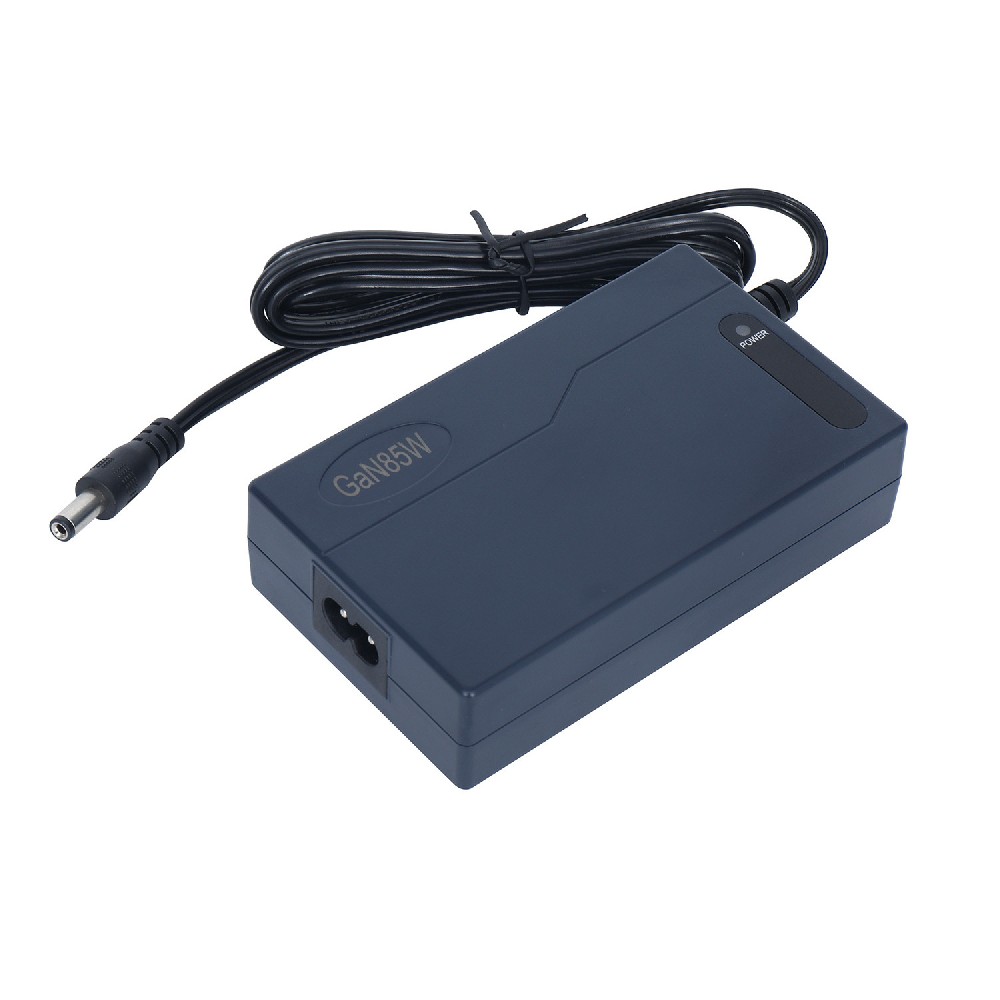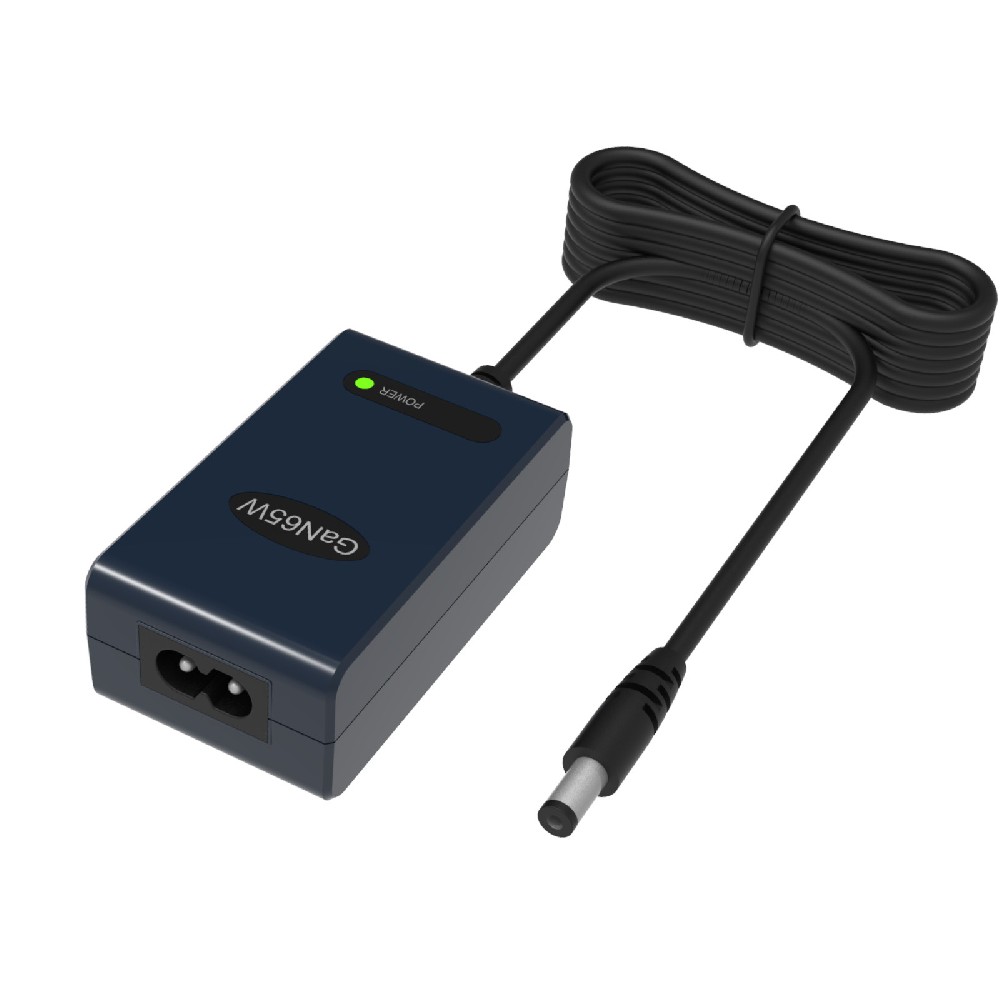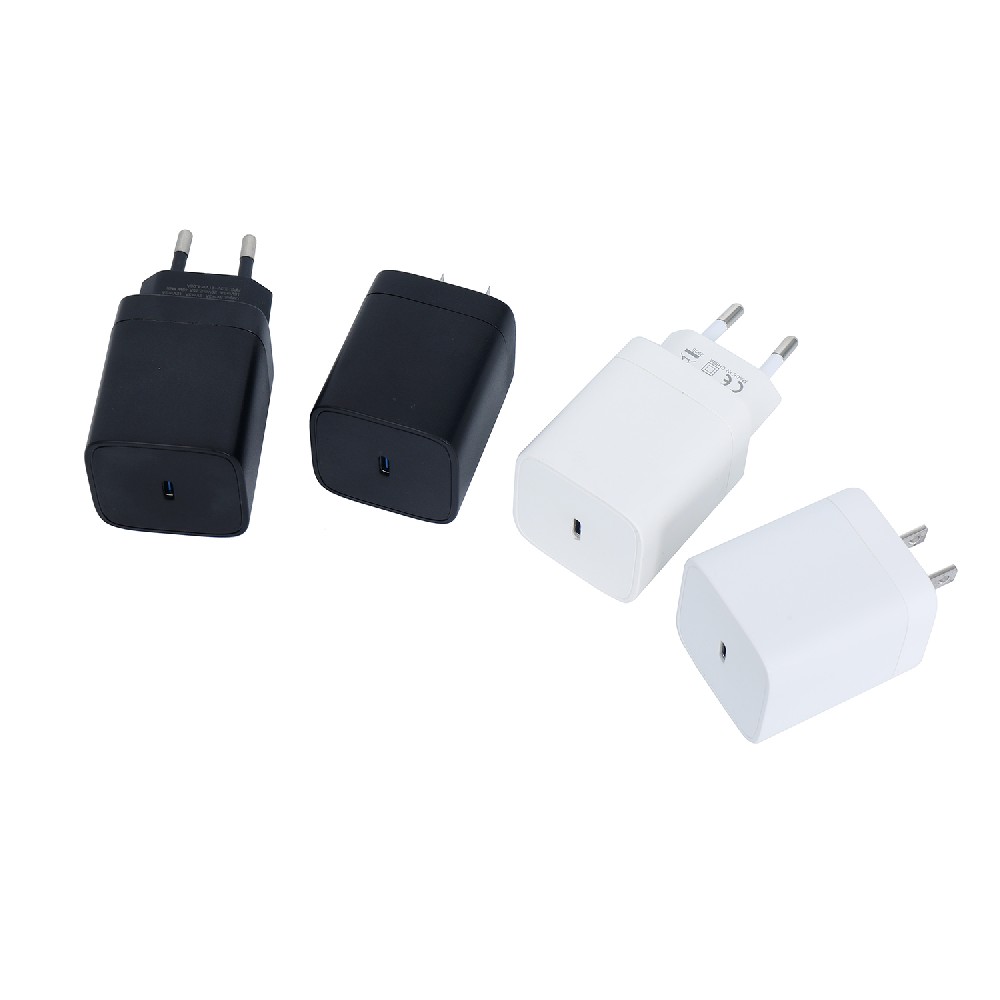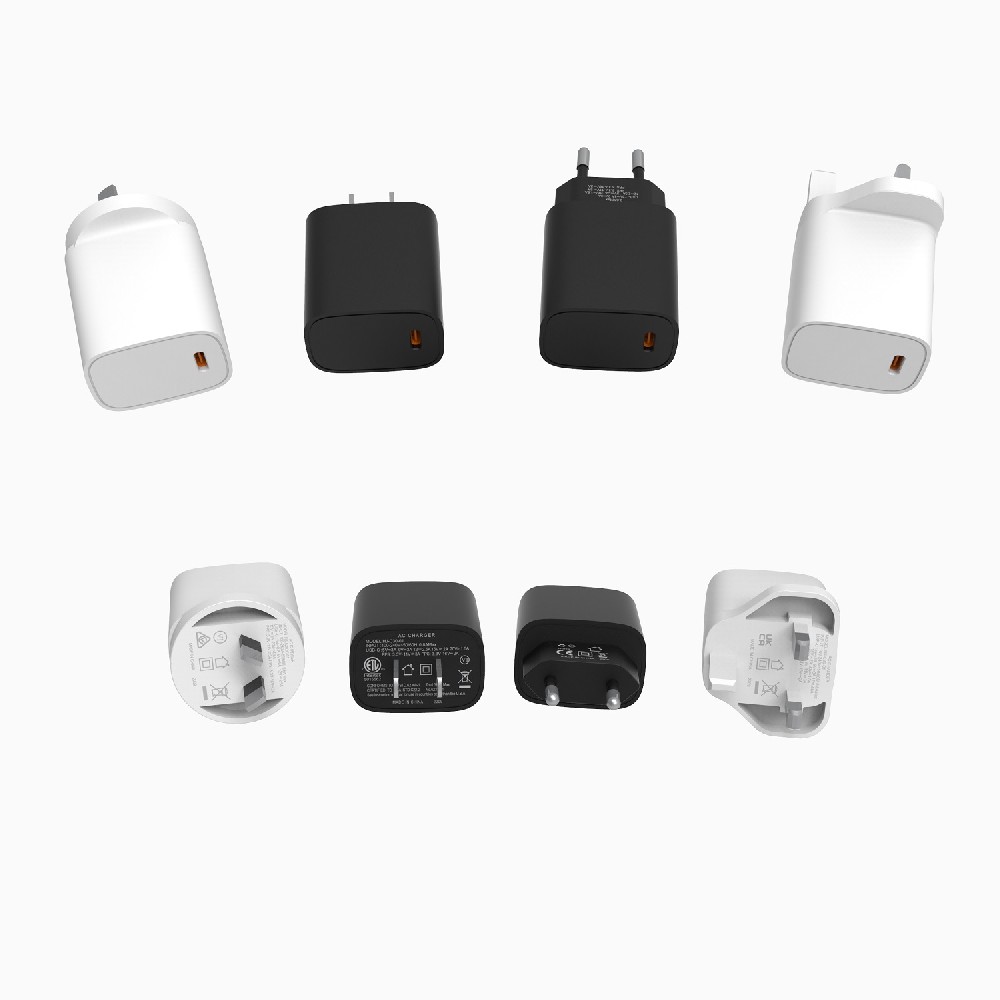Information Center
Unleashing the Power of Battery Charger Circuits: Which Type is Right for You?
Published:2023-08-30 20:32:56 Author:Green WCND Views:40A battery charger circuit is an electronic circuit that is used to recharge rechargeable batteries when their charge is low or depleted. These circuits are designed to prevent overcharging and help to extend the life of the batteries. There are different types of battery charger circuits available in the market, such as microcontroller-based chargers, switch-mode chargers, and linear chargers. Each charger circuit has its own unique features, pros, and cons.

Microcontroller-based chargers are advanced battery charger circuits that use a microcontroller to monitor the charge level of the battery. These types of chargers are generally more expensive as they require additional components like voltage regulators, current sensors, and temperature sensors. The advantage of using a microcontroller-based battery charger is that it can charge batteries at a faster rate due to the intelligent charging algorithm.

Switch-mode chargers are another type of battery charger circuits that use a switch-mode power supply to charge the battery. The advantage of using a switch-mode charger is that it is smaller in size and lighter in weight as compared to a linear charger. Additionally, this type of charger circuit is more efficient, resulting in less energy loss and reduced charging time. However, the disadvantage of switch-mode chargers is that they can be more expensive as compared to linear chargers.
Linear chargers are designed to deliver a constant current to the battery until it is charged fully. They are the simplest and cheapest type of battery charger circuits available in the market. The advantage of using a linear charger is that it is easy to use and does not require a lot of additional components. Another benefit of using a linear charger is that it produces minimal electromagnetic interference.
In order to select the best battery charger circuit for your specific needs, it is important to consider factors such as the type of battery being charged, the capacity of the battery, and the desired charging time. For example, a linear charger would be suitable for charging small, low-capacity batteries that are not time-sensitive. On the other hand, a microcontroller-based charger might be more suitable for charging large high-capacity batteries that require fast charging.
In conclusion, a battery charger circuit plays an important role in recharging rechargeable batteries. The choice of the type of charger circuit depends on a variety of factors such as battery type, capacity, and desired charging time. While there are different types of charger circuits available in the market, it is important to select the right one depending on the specific requirements and needs.
IntroductionGolf carts serve as vital transportation tools on golf courses, and their performance and reliability are crucial for enhancing player experience an···
The battery pack is the heart of a golf cart, silently powering every acceleration and climb on the green. However, battery degradation often goes unnoticed, mu···
The battery pack is the heart of a golf cart’s power system, yet maintaining it has long been a challenge for technicians. Traditional troubleshooting methods—···
For golf course managers, ensuring smooth and efficient operations is crucial for providing a memorable experience for golfers and maintaining the reputation of···





